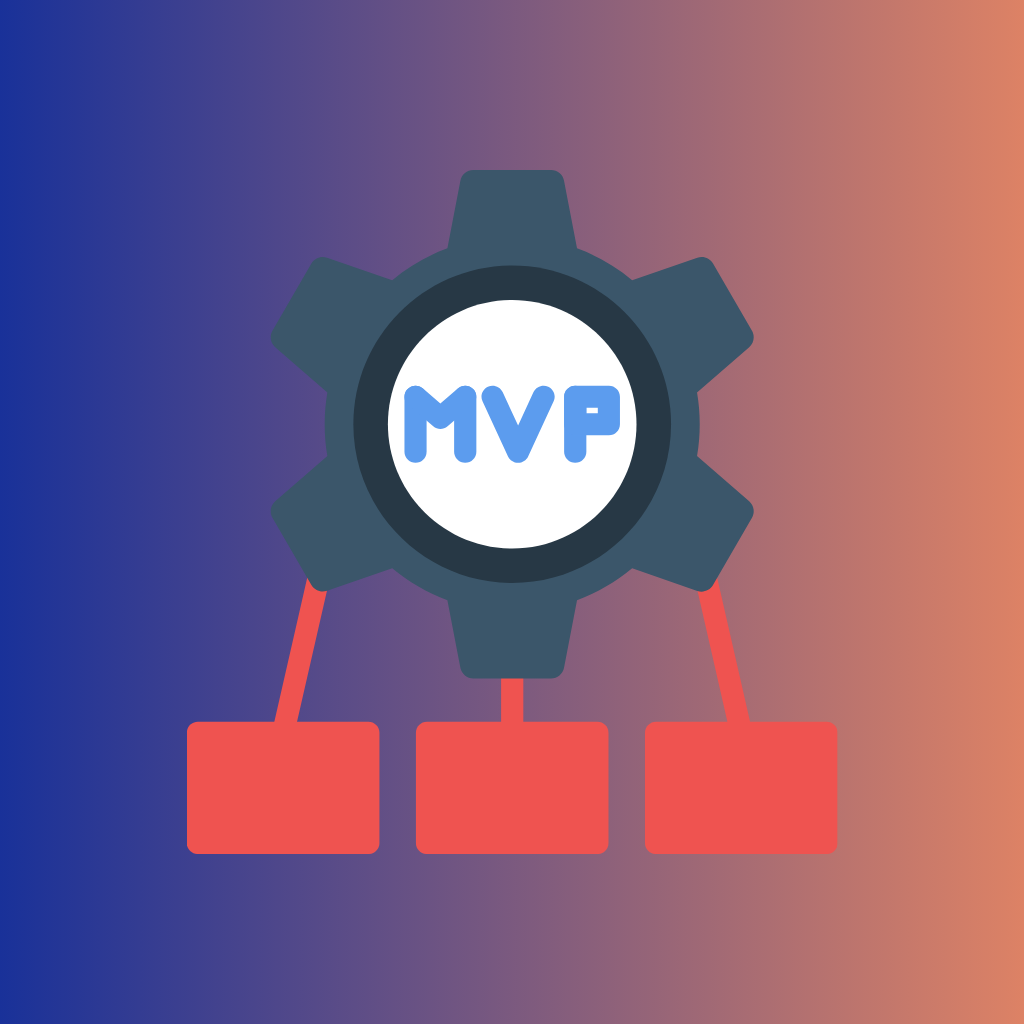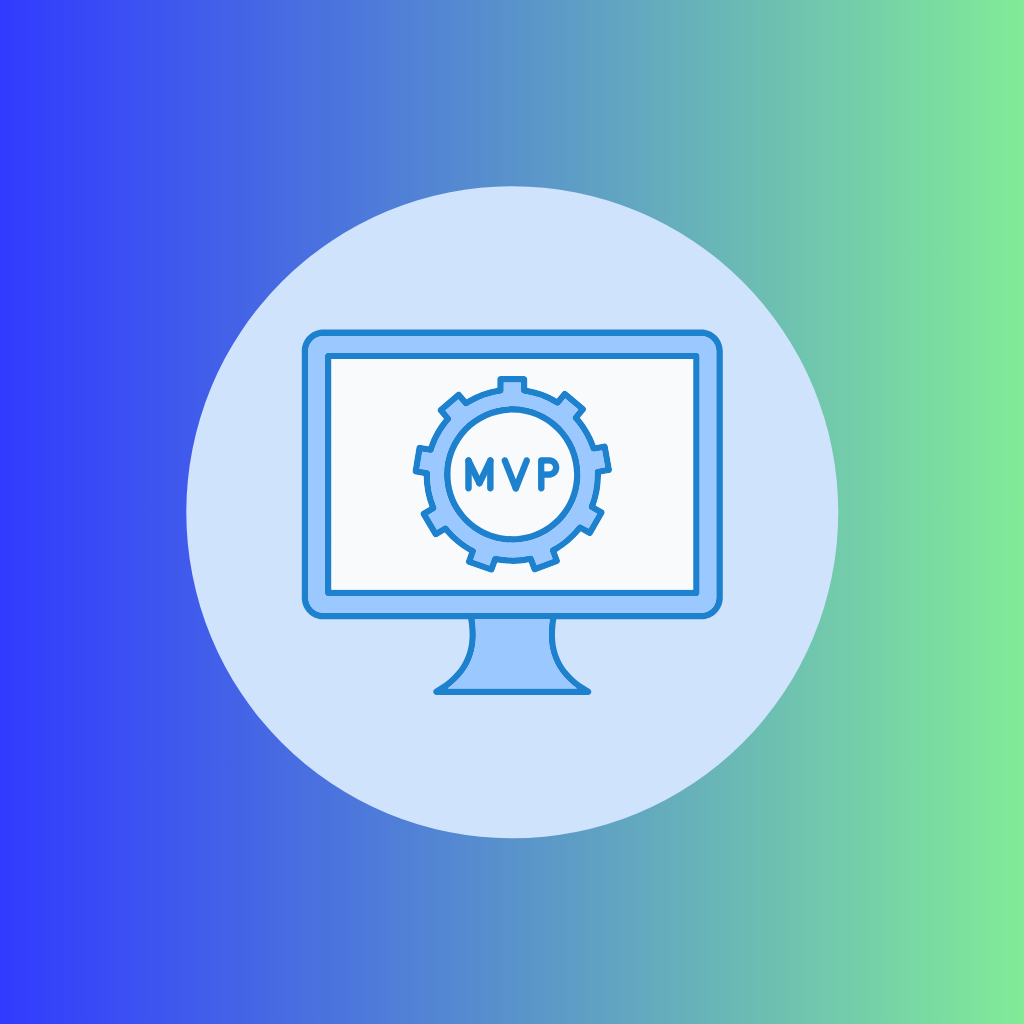When starting a new project, especially in the tech world, the concept of a Minimum Viable Product (MVP) is crucial. An MVP is the most basic version of a product that can still be released to market. It includes just enough features to satisfy early adopters and gather feedback for future development.
For entrepreneurs and tech enthusiasts, understanding and utilizing an MVP can be a game-changer. It allows you to test your ideas quickly and with minimal investment. This approach helps in validating the product idea before committing significant resources. The feedback collected from the MVP can guide the development process, ensuring that the final product meets the market's needs and expectations. This method not only reduces risks but also maximizes the chances of creating a successful product.
I. Explanation of Key Concepts Related to MVP
Before diving deeper, it's essential to understand some key concepts associated with an MVP. An MVP, or Minimum Viable Product, focuses on delivering a product with the least amount of features necessary to solve a specific problem for its users. The goal is to launch quickly, gather user feedback, and make informed decisions on the product's direction.
Key aspects include:
- Core Functionality: The MVP should address the primary problem it aims to solve without unnecessary features.
- User Feedback: Gathering insights from real users is crucial. This feedback guides future development.
- Iterative Development: Based on feedback, the product is continuously improved and refined.
Historical Context and Evolution of the MVP Concept
The concept of an MVP has its roots in Lean Startup methodology, popularized by Eric Ries in his 2011 book, "The Lean Startup." Ries introduced MVP as a strategy for testing hypotheses about a product’s viability with the least effort and resources. This approach was a significant shift from traditional product development, which often involved extensive planning and long development cycles before any user interaction.
Before Ries, the idea of releasing a simplified product was already in practice, but not in a structured way. The Lean Startup methodology brought structure and clarity, emphasizing the importance of quick iterations and learning from actual users rather than relying solely on market research or assumptions.
The MVP approach has since evolved, with various industries adopting and adapting it to their specific needs. Today, it is a foundational concept in software development and startup culture, helping entrepreneurs worldwide to innovate more efficiently and effectively.
II. Recent Innovations and Trends in MVP Development
The landscape of MVP development continues to evolve, driven by new technologies and methodologies. Here are some of the latest trends:
- No-Code and Low-Code Platforms: These platforms allow entrepreneurs and small businesses to build MVPs without extensive programming knowledge. Tools like Bubble, Adalo, and Webflow enable rapid prototyping and testing of ideas, making it easier for non-technical founders to enter the market.
- AI and Machine Learning Integration: Incorporating AI and machine learning into MVPs is becoming increasingly common. These technologies help in creating more personalized and intelligent user experiences. For example, AI-driven chatbots can handle customer interactions from the get-go, providing immediate value and collecting useful data.
- Microservices Architecture: This architectural style allows developers to build MVPs as a collection of loosely coupled services. Each service can be developed, deployed, and scaled independently, making it easier to adapt and evolve the product based on user feedback.
- User-Centric Design: Emphasizing user experience (UX) and user interface (UI) design in MVPs is a growing trend. Tools like Figma and Sketch enable teams to create detailed prototypes and gather user feedback early in the development process.
- Lean Analytics: Using data-driven approaches to refine MVPs is gaining traction. Lean analytics involves tracking key performance indicators (KPIs) and metrics to understand user behavior and make informed decisions about product iterations.
Key Players and Their Contributions to the MVP Methodology
Several companies and thought leaders have significantly contributed to the development and popularization of the MVP methodology:
- Eric Ries: As the author of "The Lean Startup," Ries introduced the MVP concept and provided a structured approach to its implementation. His work has influenced countless startups and established companies, emphasizing the importance of rapid iteration and user feedback.
- Steve Blank: Known for his customer development methodology, Blank has been a strong advocate for testing business hypotheses through MVPs. His teachings have been instrumental in shaping the Lean Startup movement and guiding entrepreneurs on how to validate their ideas.
- Dropbox: Dropbox's initial MVP was a simple video demonstrating how the product would work. This approach allowed them to gauge interest and collect feedback without building a fully functional product. This strategy proved highly effective, helping them secure funding and develop the product based on real user needs.
- Buffer: Buffer, a social media scheduling tool, started with a minimal landing page to test demand. They used a basic signup form to see if users were interested in the product before developing it. This lean approach allowed Buffer to validate their idea with minimal investment.
- Zappos: Zappos, the online shoe retailer, began by testing demand through a simple website. The founder, Nick Swinmurn, took pictures of shoes from local stores and listed them online. When a customer made a purchase, he bought the shoes from the store and shipped them. This MVP approach validated the business model without needing a large initial inventory.
These key players and their innovative approaches to MVP development have shaped the current state of the methodology, making it more accessible and effective for entrepreneurs and businesses worldwide.
III. Business Perspective
How MVP Impacts Business Strategies
An MVP can significantly influence a business strategy, offering a way to test hypotheses, mitigate risks, and allocate resources more effectively. Here’s how:
- Validating Market Demand: An MVP allows businesses to test whether there is a genuine demand for their product or service before committing extensive resources. This early validation can prevent costly mistakes and ensure that efforts are directed towards a product that meets market needs.
- Cost Efficiency: By focusing on the core features necessary for solving a problem, businesses can launch their products with minimal investment. This approach reduces development costs and allows for better allocation of resources to areas that show promise based on user feedback.
- Speed to Market: An MVP enables businesses to enter the market quickly. This speed can be a crucial competitive advantage, allowing companies to capture early adopters and build a user base before competitors enter the space.
- Iterative Improvement: MVPs promote a cycle of continuous improvement. Businesses can collect real-world data, make informed decisions, and iteratively enhance their products. This iterative process ensures that the product evolves in line with user needs and preferences.
- Risk Mitigation: Developing an MVP minimizes the risk of product failure by testing assumptions early in the process. This approach allows businesses to identify and address potential issues before scaling up, reducing the chances of large-scale failure.
Examples of Successful MVPs from Companies or Apps
- Airbnb: Airbnb's MVP was a simple website created to test the idea of renting out air mattresses in their apartment during a conference. The founders quickly realized there was a demand for short-term rentals, leading to the development of the full-fledged platform we know today.
- Twitter: Initially, Twitter was a side project called Twttr, developed within the podcasting company Odeo. It started as a simple SMS-based platform for sharing status updates. The MVP allowed the team to gather user feedback, which shaped the development of the microblogging service that became Twitter.
- Dropbox: Dropbox's MVP was a video demonstration of their product concept. This video explained how Dropbox would work, attracting significant interest and validating the demand for a seamless file-sharing solution. The feedback and interest from this MVP helped secure funding and guide the product development.
- Spotify: Spotify launched its MVP in Sweden with a desktop app that allowed users to stream music instantly. This basic version helped validate the demand for streaming music and provided critical insights into user behavior, which informed the platform's expansion and feature set.
Challenges and Opportunities Associated with MVPs
Challenges:
- Defining Core Features: Determining what features to include in the MVP can be challenging. Businesses must strike a balance between providing enough functionality to attract users and keeping the product simple enough to develop quickly.
- User Expectations: Users might expect a fully polished product even if it's an MVP. Managing these expectations and clearly communicating the product's development stage is crucial to maintaining user trust.
- Resource Constraints: Even though an MVP requires fewer resources than a full product launch, startups and small businesses might still face constraints in terms of funding, time, and manpower.
- Feedback Interpretation: Gathering feedback is essential, but interpreting it correctly and making the right decisions based on that feedback can be complex. Businesses need to distinguish between noise and actionable insights.
Opportunities:
- Early Market Entry: MVPs allow businesses to enter the market quickly, gaining a foothold and building brand recognition early on. This early entry can be a significant competitive advantage.
- User-Centric Development: By involving users early in the development process, businesses can create products that better meet market needs. This user-centric approach can lead to higher satisfaction and loyalty.
- Flexibility and Adaptability: The iterative nature of MVP development means that businesses can pivot or adapt their strategies based on real-world feedback. This flexibility can lead to innovative solutions and better product-market fit.
- Building a Loyal User Base: Engaging users from the MVP stage can help build a community of early adopters who are invested in the product's success. These users can become advocates and provide valuable word-of-mouth promotion.
The MVP approach is a cornerstone of modern software development, providing a pragmatic path to innovation. By focusing on core functionality and leveraging user feedback, businesses can make informed decisions and reduce the risk of failure. This methodology not only ensures that products are built to meet real market needs but also allows for efficient use of resources. In an ever-evolving tech landscape, the ability to adapt and iterate quickly is invaluable. MVPs embody this flexibility, enabling entrepreneurs and tech enthusiasts to navigate the complexities of product development with confidence.







